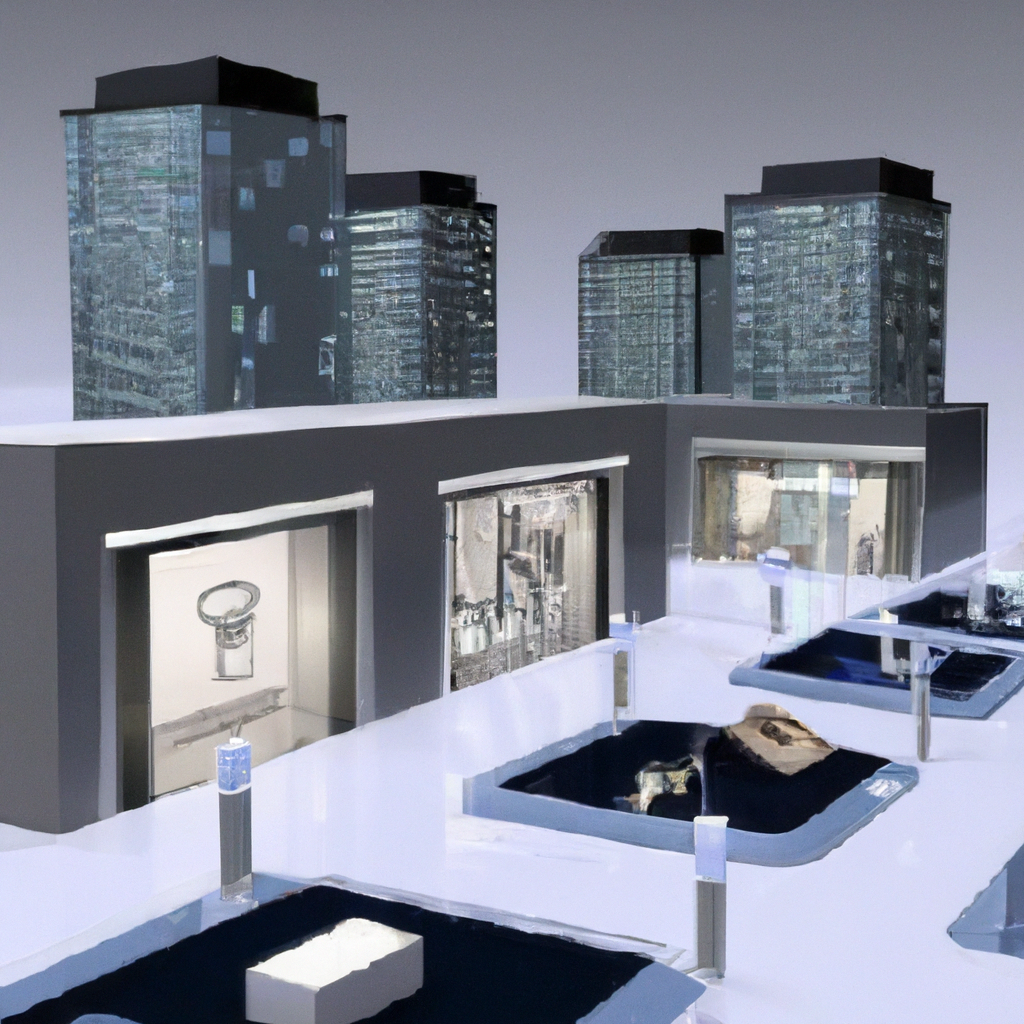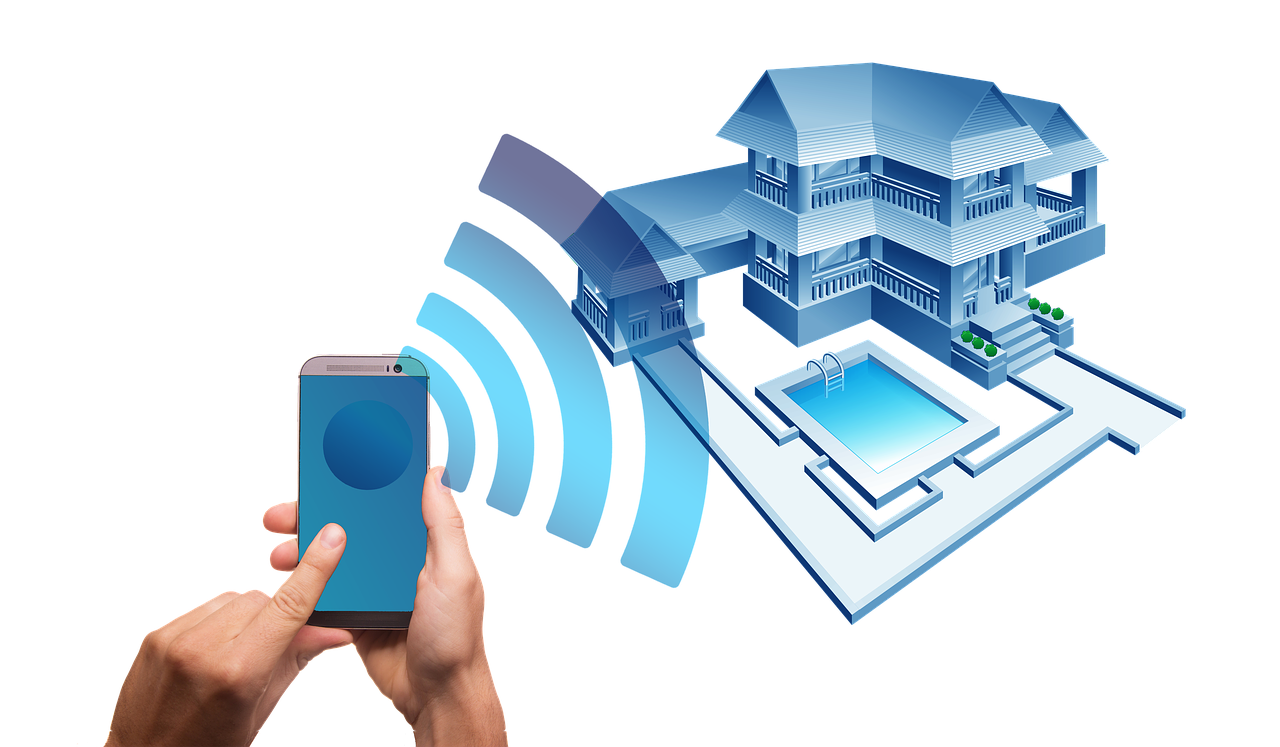Imagine walking into a home where your every need is effortlessly catered to – the lights automatically adjust to your preferred brightness, the temperature is perfectly set to keep you comfortable, and your favorite music plays softly in the background. It sounds like something out of a science fiction movie, right? Well, welcome to the world of smart homes and connected homes. In this article, we will explore the distinction between these two terms and help you understand how they can revolutionize the way you live. So, buckle up and get ready to embark on a journey into the future of home automation!
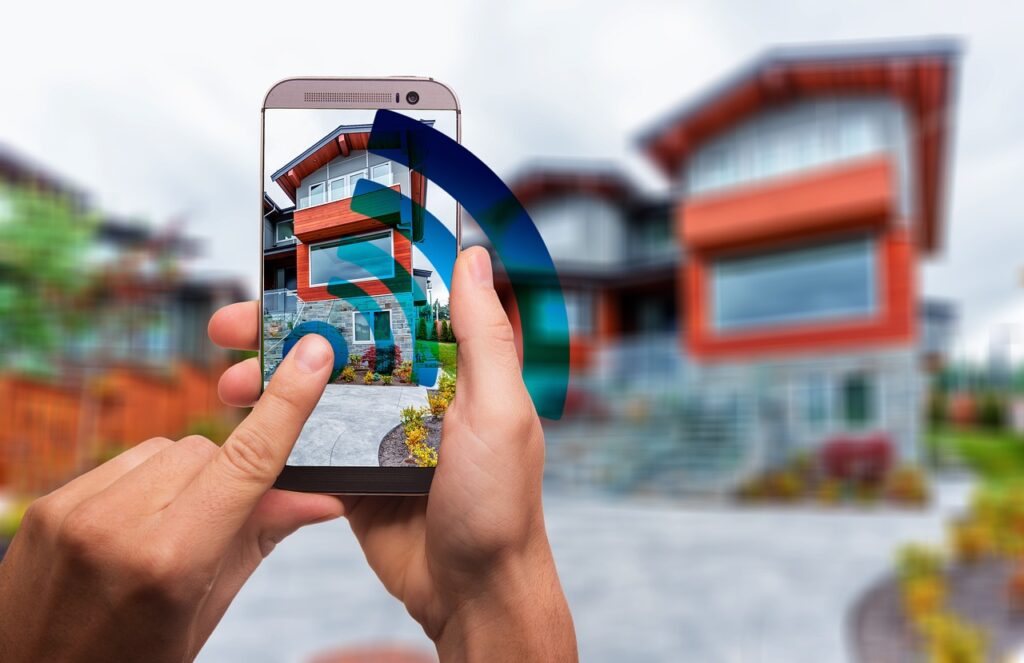
Overview
What is a smart home?
A smart home is a dwelling equipped with advanced technologies and devices that can be controlled and automated remotely. These technologies and devices are interconnected and can communicate with each other through a home network. With a smart home, you can control various aspects of your living space, such as lighting, heating, security systems, appliances, and entertainment systems, using a smartphone or voice commands.
What is a connected home?
A connected home, on the other hand, refers to a house where various devices can connect and communicate with each other and the internet. In a connected home, these devices can be smart and non-smart, and they can communicate and share data through a common platform, usually through the internet. This connectivity allows for seamless interaction between different devices, enabling a more integrated and convenient living experience.
Definition and Concept
Understanding the concept of a smart home
The concept of a smart home revolves around the idea of using technology to enhance and simplify daily life. By integrating devices and systems into a network, a smart home provides automation, convenience, and energy efficiency. The main goal is to create an intelligent living space that responds to your needs and preferences. Smart home devices often utilize sensors, artificial intelligence, and advanced programming to gather data, analyze patterns, and adapt to your lifestyle.
Understanding the concept of a connected home
A connected home, on the other hand, focuses on the seamless connectivity between various devices that are part of your living space. This connectivity allows for the exchange of information and control between devices, making it easier to manage and utilize them. A connected home uses a central hub or platform that acts as a bridge, enabling communication between devices, regardless of whether they are smart or non-smart. This integration ensures a unified experience, where different devices work harmoniously together to meet your needs.
Key Features
Smart home features
Smart homes boast a variety of features that contribute to an enhanced living experience. These features include automated lighting systems that adjust brightness and color based on your preferences and the time of day. Smart thermostats can intelligently control the heating and cooling systems, optimizing energy usage and providing comfort. Home security systems, such as smart locks and surveillance cameras, allow you to monitor and control access to your home remotely. Additionally, smart home entertainment systems provide seamless connectivity and control over your audio and visual devices.
Connected home features
Connected homes offer a range of features that make it easier to manage your devices and share information between them. One key feature is the ability to control multiple devices from a single interface, such as a smartphone app or a voice-activated assistant. This means you can adjust your thermostat, turn off lights, and lock doors all from one centralized platform. Another important feature is the ability to receive notifications and alerts from your connected devices, enabling you to stay informed and in control. With a connected home, you can easily create routines and scenarios that automate tasks and personalize your living environment.
Interconnectivity
Interconnectivity in smart homes
In smart homes, interconnectivity refers to the ability of devices to communicate with each other and work together towards a common goal. This interconnectivity is usually achieved through a home network, which allows devices to share information and commands. For example, a smart home lighting system can be connected to motion sensors, enabling the lights to turn on automatically when you enter a room. Interconnectivity enhances the functionality of smart home devices and enables seamless integration.
Interconnectivity in connected homes
Connected homes take interconnectivity a step further by allowing devices to not only communicate with each other but also connect to the internet. This internet connectivity enables remote control and access to your devices, even when you are not at home. For example, with a connected home, you can use your smartphone to unlock your front door for a visitor, check security camera footage, or adjust the temperature settings. Interconnectivity in connected homes opens up a world of possibilities for remote monitoring, control, and automation.
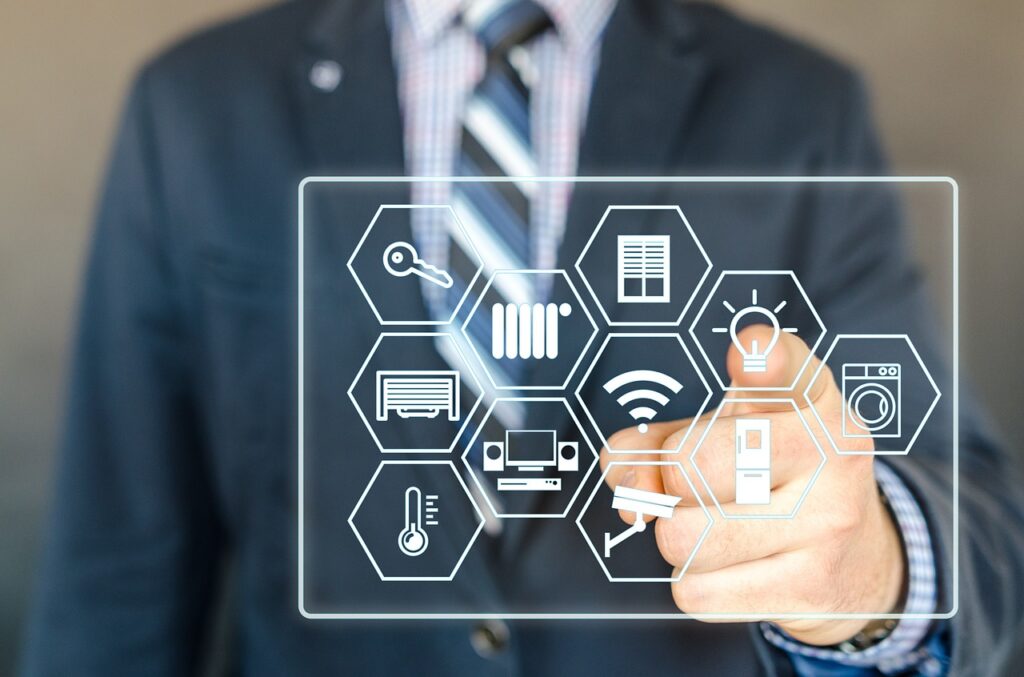
Integration of Devices
Integration of devices in smart homes
Smart homes excel in integrating devices and systems, creating a cohesive and streamlined living environment. Through a central control hub or a smart home platform, devices from different manufacturers and categories can be integrated to work together seamlessly. For example, you can integrate your smart lighting system with your home entertainment system, allowing you to create lighting scenes that enhance your movie-watching experience. The integration of devices in smart homes offers convenience, efficiency, and a personalized living experience.
Integration of devices in connected homes
Connected homes prioritize the integration of devices, regardless of whether they are smart or non-smart. A connected home platform acts as a central hub, enabling communication and control between devices from various manufacturers and categories. This means you can connect and manage different devices, such as smart locks, lights, appliances, and even non-smart devices like traditional thermostats, through a unified interface. The integration of devices in connected homes simplifies the management of your living environment and allows for greater customization.
Automation and Control
Automation and control in smart homes
Automation is a key feature of smart homes that enables devices and systems to operate automatically. In a smart home, you can create schedules and routines that automate certain tasks. For example, you can set your lights to turn on gradually in the morning to simulate a sunrise, or program your thermostat to adjust the temperature when you leave the house. Smart homes also offer control through smartphone apps or voice assistants, allowing you to adjust settings and receive real-time information from anywhere.
Automation and control in connected homes
Connected homes offer automation and control capabilities that go beyond individual devices. Through a centralized platform, you can create complex automation scenarios that involve multiple devices. For example, you can set up a scenario that automatically adjusts your lighting, temperature, and music when you arrive home. Connected homes allow for more advanced automation and control options, enabling you to personalize your living space and effortlessly manage your devices.
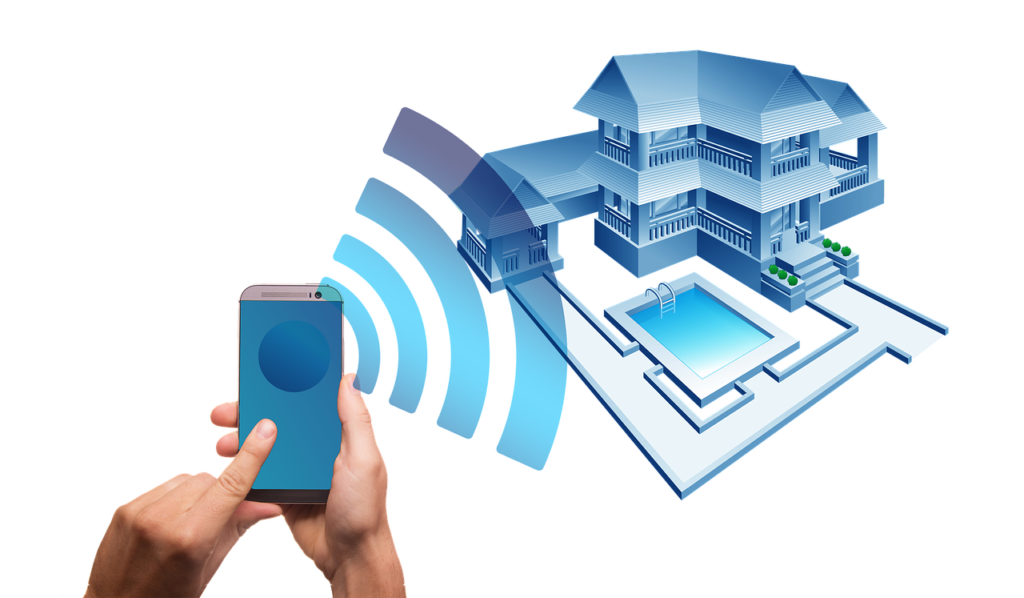
Data and Privacy
Data and privacy considerations in smart homes
With the increasing connectivity and data collection in smart homes, it is important to consider data and privacy concerns. Smart devices collect and store data, such as usage patterns, preferences, and even audio or video recordings. It is essential to ensure that your smart home devices have robust privacy settings and encryption protocols to protect your data from unauthorized access. Additionally, it is important to review the privacy policies of the manufacturers and service providers to understand how your data is being handled and used.
Data and privacy considerations in connected homes
Connected homes also raise data and privacy considerations, particularly regarding the sharing of data between devices and platforms. It is crucial to ensure that your connected home platform employs secure protocols to protect your data during transmission and storage. Furthermore, it is advisable to carefully review the permissions and data access of any third-party applications or services you integrate into your connected home. Being proactive about data and privacy in connected homes helps safeguard your personal information and maintain control over your digital footprint.
Benefits and Advantages
Benefits of smart homes
Smart homes offer numerous benefits that enhance convenience, comfort, and efficiency. With smart lighting and appliance control, you can save energy and reduce utility bills by optimizing usage based on your needs and preferences. Smart security systems provide peace of mind, allowing you to monitor and control your home remotely, receive alerts, and even deter potential intruders. The integration and automation capabilities of smart homes simplify daily tasks, saving you time and effort. Overall, smart homes offer a more convenient, personalized, and secure living experience.
Advantages of connected homes
Connected homes bring additional advantages beyond the individual benefits of smart devices. The interconnected nature of connected homes ensures that devices work together seamlessly, offering a more integrated and holistic living experience. The ability to control and manage multiple devices from a single interface simplifies daily operations and enhances convenience. Moreover, the flexibility of adding and integrating devices from various manufacturers provides more options and customization possibilities. Connected homes empower you to create a truly interconnected and personalized environment that adapts to your lifestyle.

Challenges and Limitations
Challenges of implementing smart homes
Implementing smart homes can present a range of challenges. First, there can be a learning curve associated with operating and integrating various smart devices and platforms. Additionally, compatibility issues may arise when trying to connect devices from different manufacturers, requiring careful research and planning. Ensuring the security and privacy of your interconnected devices can also be a challenge, as you need to stay vigilant and keep your devices up to date with the latest security patches. Lastly, the cost of purchasing and installing smart devices can be a barrier for some individuals.
Limitations of connected homes
Connected homes also have limitations that should be considered. The reliance on internet connectivity means that any disruption in the internet connection can impact the functioning of connected devices. Moreover, compatibility issues may arise when adding non-smart devices to a connected home platform, as they may not have the necessary connectivity capabilities. The reliance on a centralized platform can also introduce a single point of failure, where a malfunction or outage can affect the entire system. It is important to have backup measures and redundancies in place to mitigate these limitations.
Conclusion
In conclusion, the concepts of smart homes and connected homes bring enhanced convenience, control, and integration to our living spaces. While a smart home focuses on utilizing advanced technologies and automation to enhance individual devices, a connected home takes it a step further by creating a unified environment where different devices can communicate and work together seamlessly. Both smart homes and connected homes offer numerous benefits, but they also come with challenges and limitations that should be carefully considered. Regardless of which option you choose, embracing the possibilities of technology in your home can greatly improve your everyday life.
